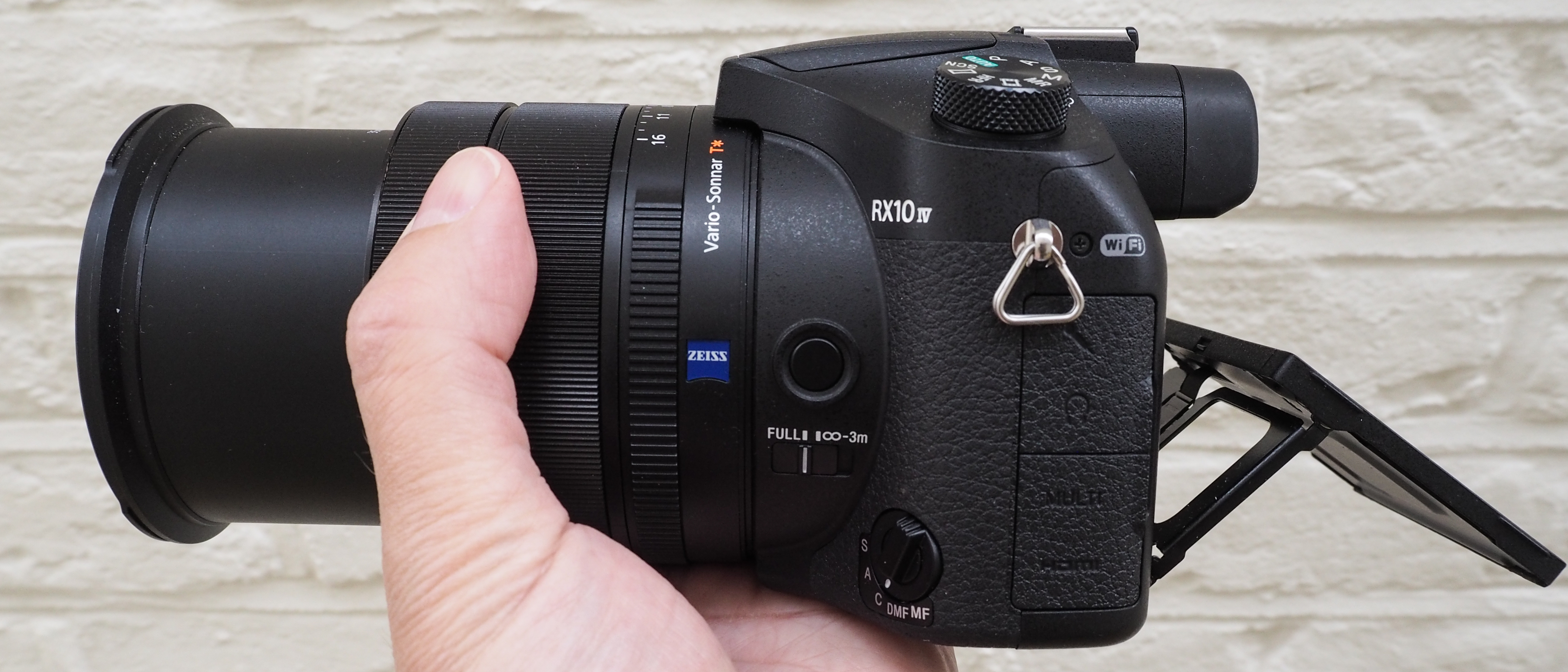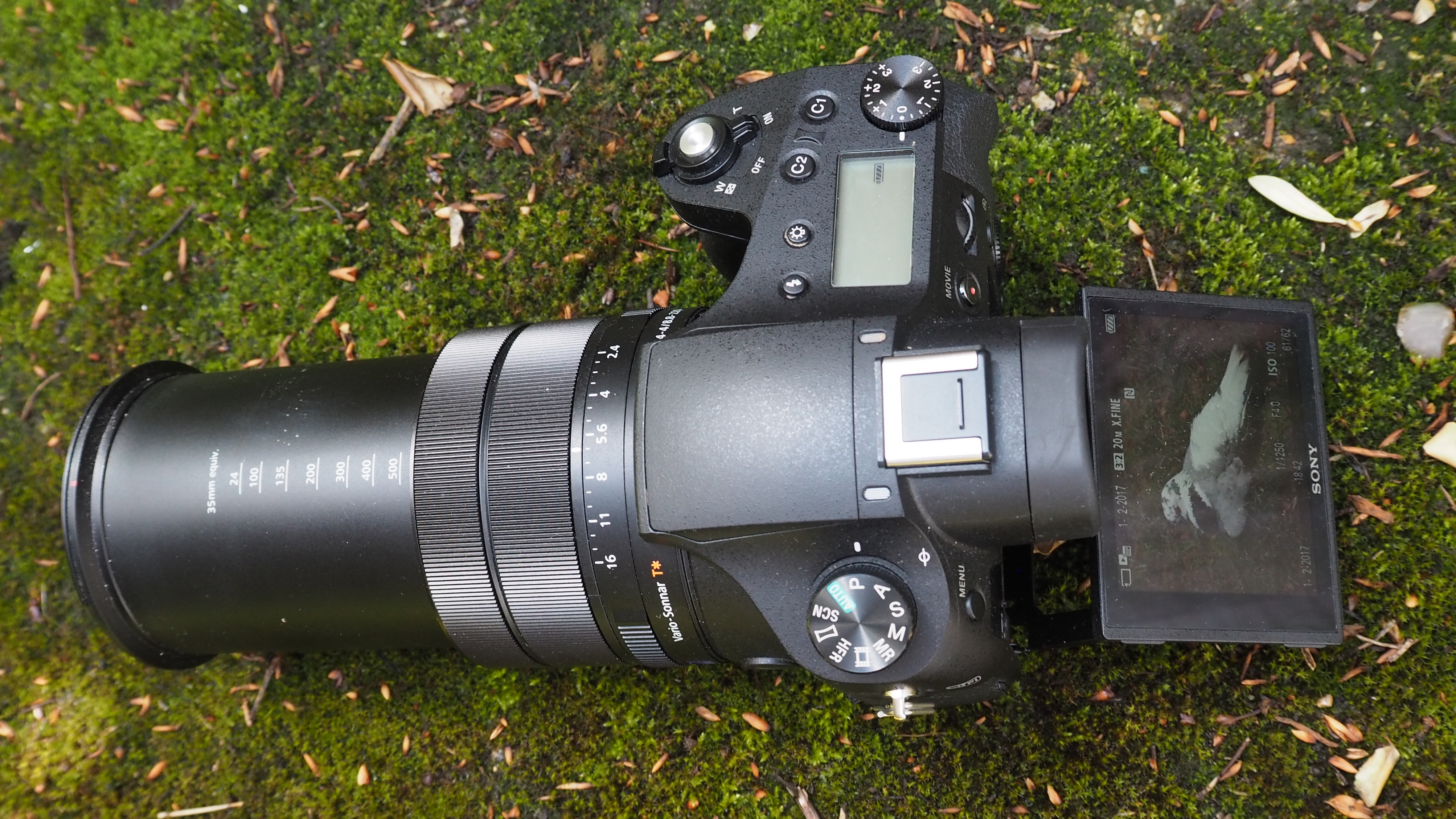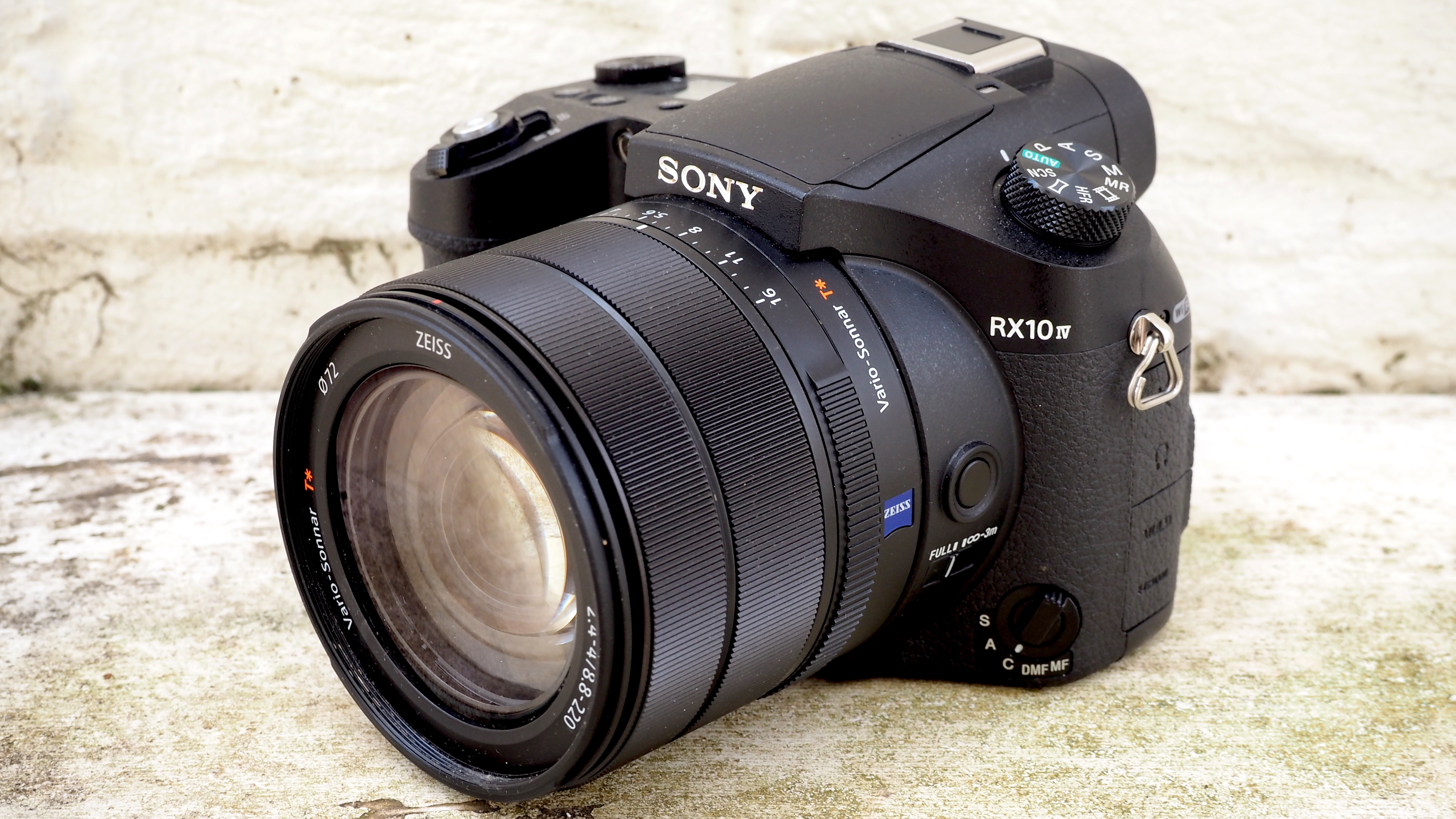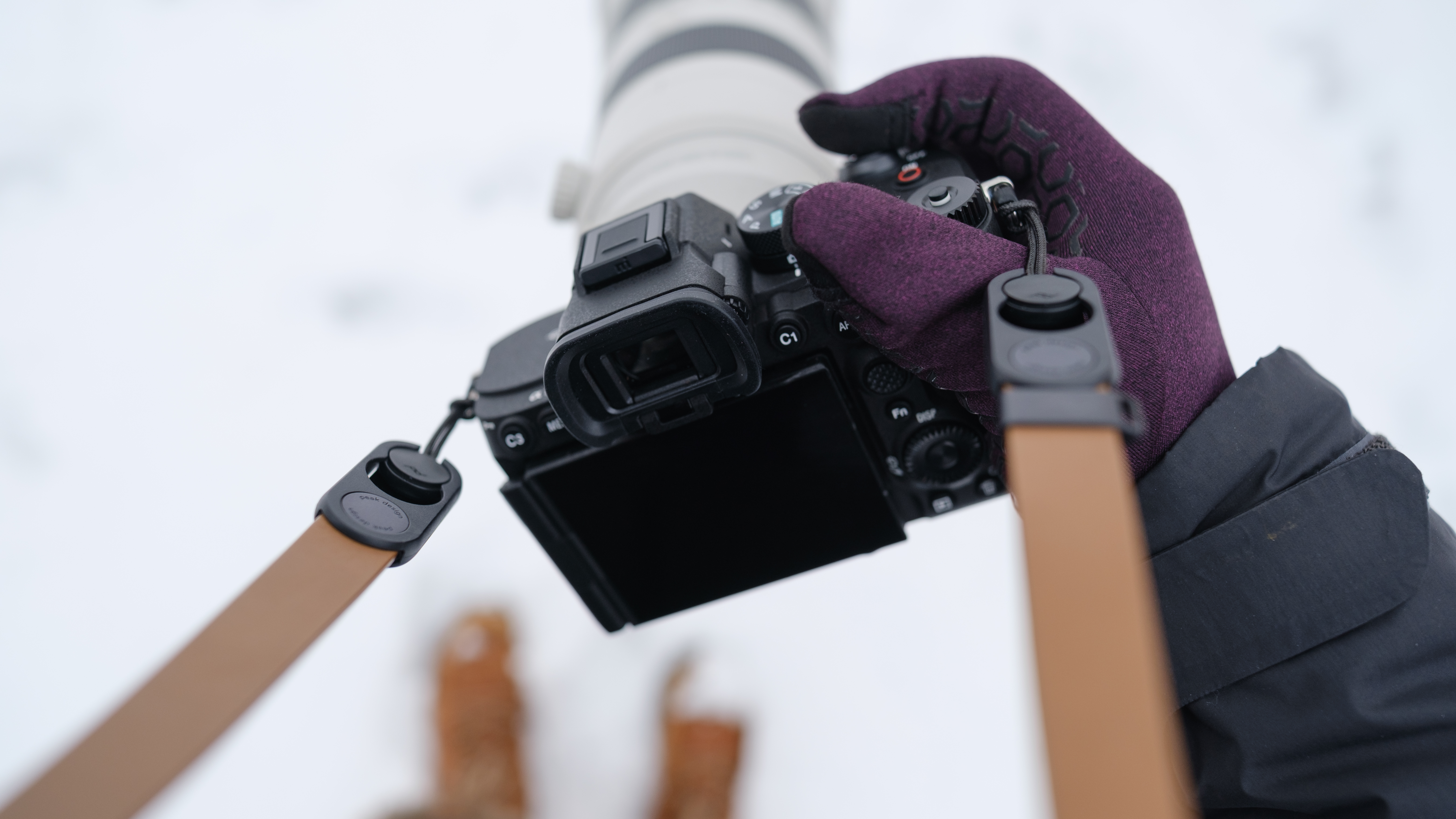Digital Camera World Verdict
Sony hasn’t re-written its own headlines with the RX10 IV. The key talking points are still a 20MP effective resolution derived from a one-inch sensor, plus 25x optical zoom reach. Outwardly identical to the previous generation model, how this bridge camera chiefly differs is by adding touch screen functionality and a swifter AF performance to an already capable all-in-one offering. If speed is of the essence for sports and wildlife photography, and the latest and greatest version appeals, the Mark IV may just have the edge over its impressive predecessors.
Pros
- +
Latest and greatest iteration in Sony’s RX10 series at the time of writing
- +
Quicker AF performance and touch screen operation streamlines operation further
Cons
- -
As chunky and weighty as previous iterations of RX10 models
Why you can trust Digital Camera World
Looking to trade in that DSLR and lens collection for just the one camera that can, in theory, do it all? Sony’s RX10 super zoom bridge camera series has been running for nearly a decade at the time of writing. During that period the electronics behemoth has produced four models, with the one we’re examining here being the latest. While the original and Mark II RX10 cameras twinned their 1-inch sensors with an acceptable 8.3x optical zoom, the Mark III and Mark IV iterations stepped things up in the lens department by bolting a 25x optical zoom on the front, even if this increased overall weight and bulk.
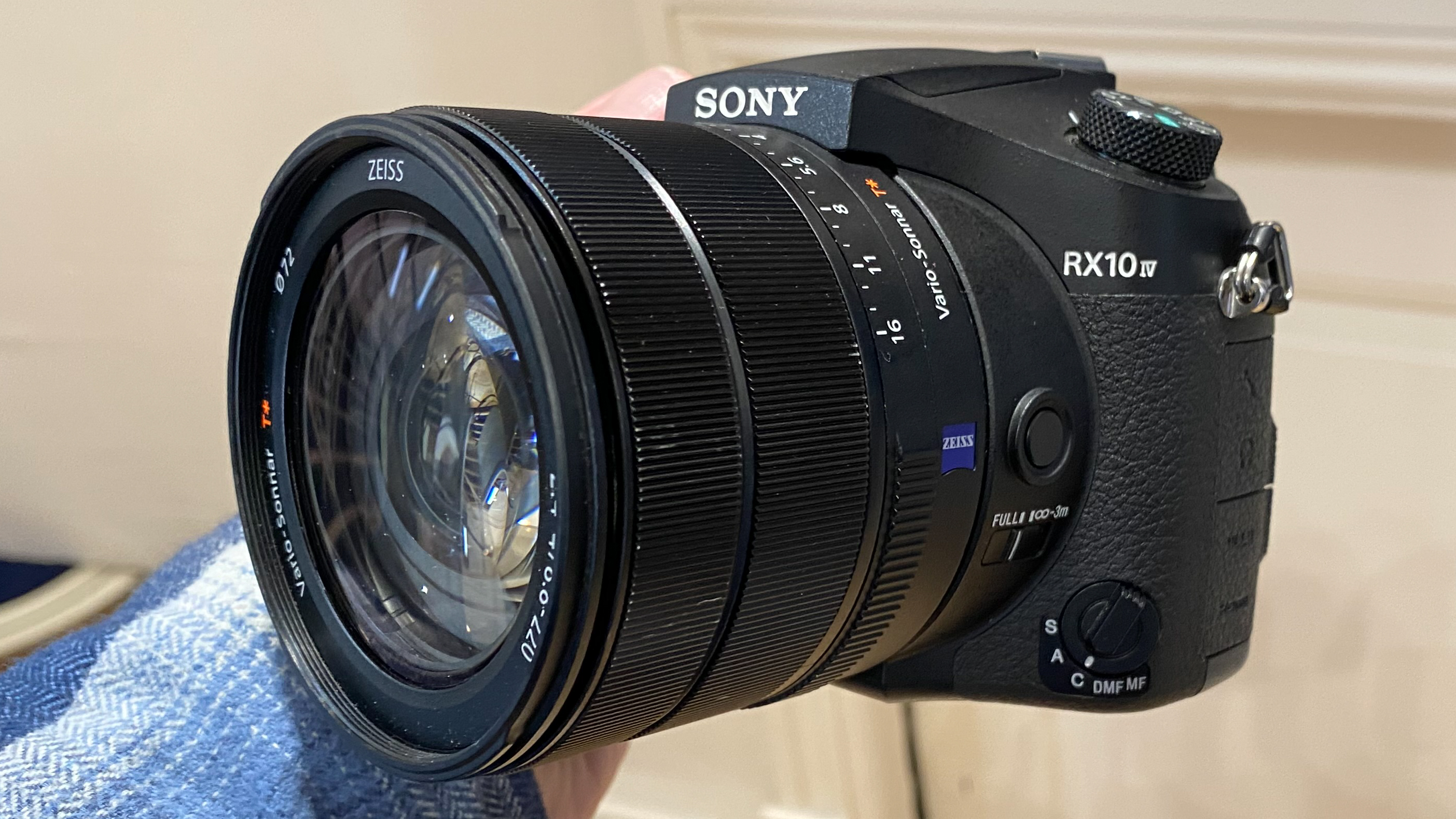
Sensor: 20.1 effective megapixels 1-inch Exmor RS CMOS
Sensitivity range: ISO100 to ISO12800
Video: 4K maximum resolution at 30fps, or Full HD video at 120fps
Lens: 24-600mm equivalent in 35mm terms, f/2.4-4
Monitor: 3-inch, adjustable 1,440,000-dot resolution touchscreen LCD
Viewfinder: Yes, 0.39-inches and 2,359,296 dots
Battery life: Up to 400 stills, or 135 minutes of video
Dimensions: 132.5x94x145mm
Weight: 1095g with memory card and battery
• Sony RX10 vs Sony RX10 II vs Sony RX10 III vs Sony RX10 IV
Like its predecessors the RX10 IV is still very much a premium priced, premium feel enthusiast’s camera. It offers an alternative to a DSLR, or even high-end mirrorless, for those seeking one camera with a similar feel and operability that does it all, without the need to carry around a variety of swappable lenses. Yes it came out in 2017, which is an age when it comes to digital technology, but it still holds up remarkably well – even if its heft will come as something of a shock to those more used to smartphone photography. Its larger sensor, bigger lens, and so, in theory, better light-gathering ability will, however, deliver imagery noticeably sharper and more detailed than the average phone snap.
Well that’s the theory anyway, so how does the Sony RX10 IV deliver in practice?

Gavin has over 30 year experience of writing about photography and television. He is currently the editor of British Photographic Industry News, and previously served as editor of Which Digital Camera and deputy editor of Total Digital Photography.
Key features
The Sony RX10 IV is as much of a monster when held in the palm as its externally identical Mark III forebear. This is because it not only features the same sensor as its predecessor but also the same 25x optical zoom lens reach and f/2.4 to f/4 aperture range.
It’s no surprise therefore that when we glance at its list of specifications we discover the dimensions and weight of both cameras are exactly the same. A promised faster auto focus performance and touch focus facility on the Mark IV – this model introduced on-sensor phase detection autofocus, with a total of 315 phase detection points covering 65% of the frame – obviously hasn’t added any extra heft.

Furthermore the RX10 IV is Wi-Fi and Bluetooth equipped, with a stereo mini jack provided for an external microphone, if required. Like the prior model we also get the convenience of a pop up flash, plus a vacant hotshoe for optional accessory flash. Conveniently, the camera also takes a regular SD memory card, with a single media slot provided under a flap secreted just behind the large and generous handgrip.
The best camera deals, reviews, product advice, and unmissable photography news, direct to your inbox!
Versus
Again, the nearest rivals for the Sony RX10 IV’s feature set and performance are its similarly specified predecessors, with the Sony RX10 III being the closest by virtue of it also featuring a 25x optical zoom, which was the biggest step up from the 8.3x optical zoom RX10 and RX10 II models, with the series originating in 2013.
While externally it’s clear the RX10 cameras come from the same lineage, like most new models these days, auto focus speed and accuracy is the key thing manufacturers are always looking to improve. Here one of the under-the-hood adjustments is that focusing speed is claimed to be twice as fast as on its third iteration.
Newly implemented on this model at the time of release was on-sensor phase detection autofocus. The claim at least is that the Mark IV can focus as near instantly as 0.03 seconds. Speed will also benefit sports and nature photography lovers as it boasts a continuous burst shooting speed of up to 24fps, which may for some give it the edge over the three generations of RX10 models before it.
Handling
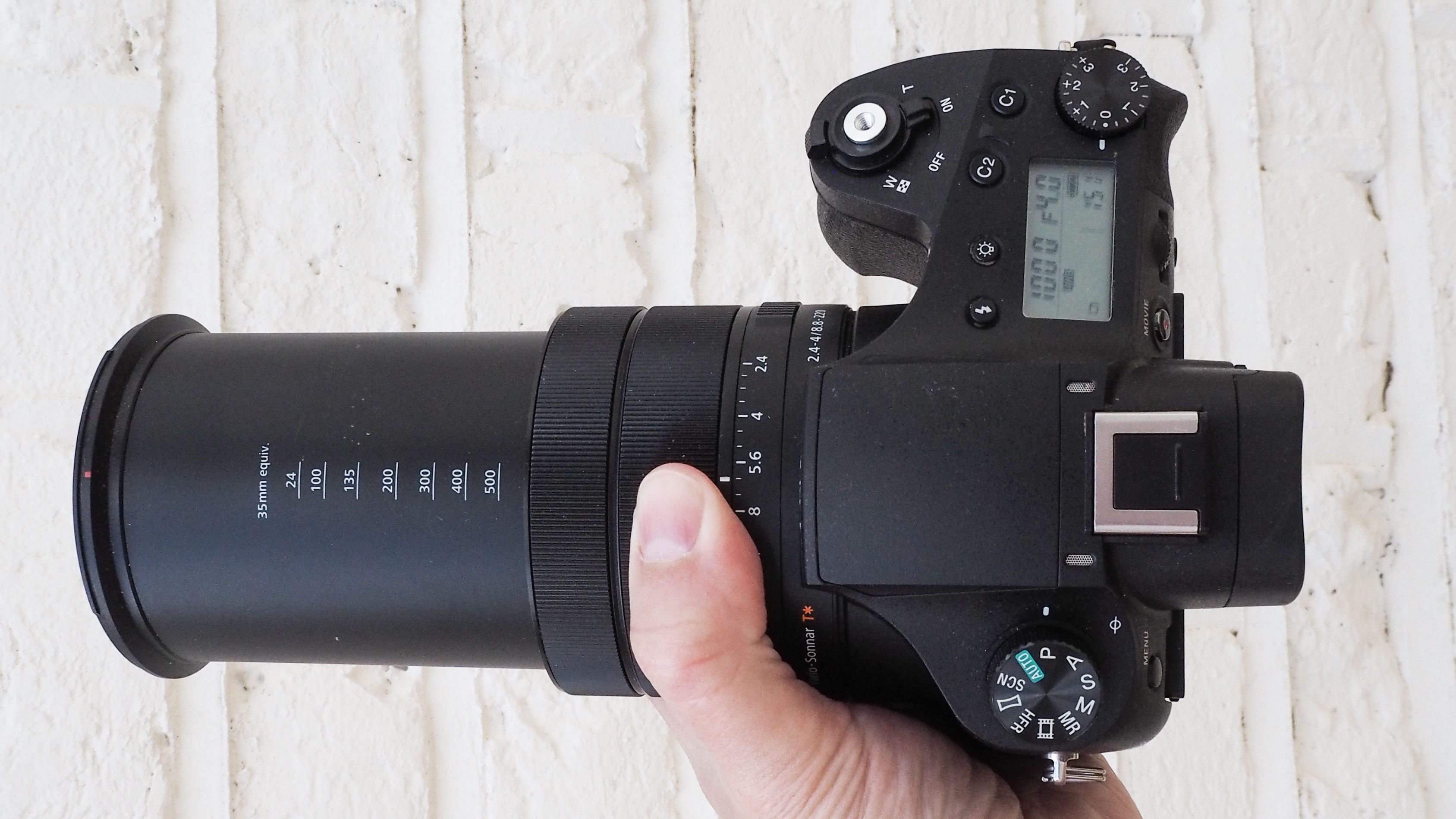
Sony has not tinkered at all with the looks or the layout of the RX10 IV when compared with the closest model in the RX10 III. So again that means prominent raised and ridged shooting mode and exposure compensation dials (here +/- 3EV), a top plate display window, plus an eye level viewfinder and adjustable LCD. Said display window is unusual on a consumer-level DSLR, much less a bridge camera, again marking out this one as a cut above, thereby in part justifying the premium price point. At just over a kilogram with rechargeable battery and media card inserted it also feels far less plastic-y than competing super zooms from other brands, especially entry level ones.
On the Sony RX10 IV we not only get an enthusiast pleasing eye level viewfinder, meaning we can shoot with the camera held up to our eye, but also, as on the RX10 III, an angle adjustable LCD screen. On the Mark IV, however, it’s a touch sensitive version of the latter, with users being able to manually move the camera’s focus point around the screen and thereby bias certain objects in the frame. This feels like an obvious thing to be able to do now that was perhaps not quite so obvious five years ago when it was first released.
Performance

In terms of operation and performance, once again with this RX10 series camera we’re getting a one-inch stacked Exmor RS CMOS sensor, as used in all but the very first generation of the camera, plus use of a 25x optical zoom.
The zoom is controlled either via the right hand courtesy of a lever encircling the power button or the left hand via a ring on the lens itself. Rear panel LCD resolution does seem to have crept up from 1,228,800 dots to 1,440,000 between Mark III and Mark IV of the RX10, not that that’s demonstrably noticeable. As an alternative compositional aid, the view through the eye-sensor equipped EVF is so life-like we can be fooled into thinking we’re looking through an optical viewfinder. Here it’s exactly the same dimensions and resolution – 2.3 million dots – as on the Mark III model.
Battery life isn’t quite as good as the RX10 III; it’s dropped down to a maximum 400 shots from its predecessor’s 420, but that slim difference is hardly a deal breaker.
Ideally we’ll want to feel that results are ‘good enough’ here for us to be able to leave any existing DSLR at home for most general purpose image-making, and broadly that proves to be the case. Though the generous focal range obviously makes this one well suited to wildlife, sports and action photography, likewise surreptitious street photography and portraits is another possibility given the ability to enjoy a wide range of compositional choices on the fly. That said, the camera’s DSLR-style looks means it’s not really ideal for anyone looking to go unnoticed, especially as most others in the vicinity will be using smartphones for photography.
Sony RX10 IV: Verdict
At the time of writing the RX10 IV was often retailing for the same as, or even less than the older RX10 III. The more recent version gives you the operational speed and touch focus as well as the shared one-inch sensor, and 25x optical zoom. But the price differential may change when the two models are more widely in stock - so although the Mark IV is the better camera, do check for bargain deals on the Mark III model.
Read more
Best Sony cameras
Best compact cameras
Best bridge cameras
Best waterproof cameras
Best point and shoot cameras
Gavin has over 30 years’ experience of writing about photography and television. He is currently the editor of British Photographic Industry News, and previously served as editor of Which Digital Camera and deputy editor of Total Digital Photography.
He has also written for a wide range of publications including T3, BBC Focus, Empire, NME, Radio Times, MacWorld, Computer Active, What Digital Camera and the Rough Guide books.
With his wealth of knowledge, Gavin is well placed to recognize great camera deals and recommend the best products in Digital Camera World’s buying guides. He also writes on a number of specialist subjects including binoculars and monoculars, spotting scopes, microscopes, trail cameras, action cameras, body cameras, filters and cameras straps.
